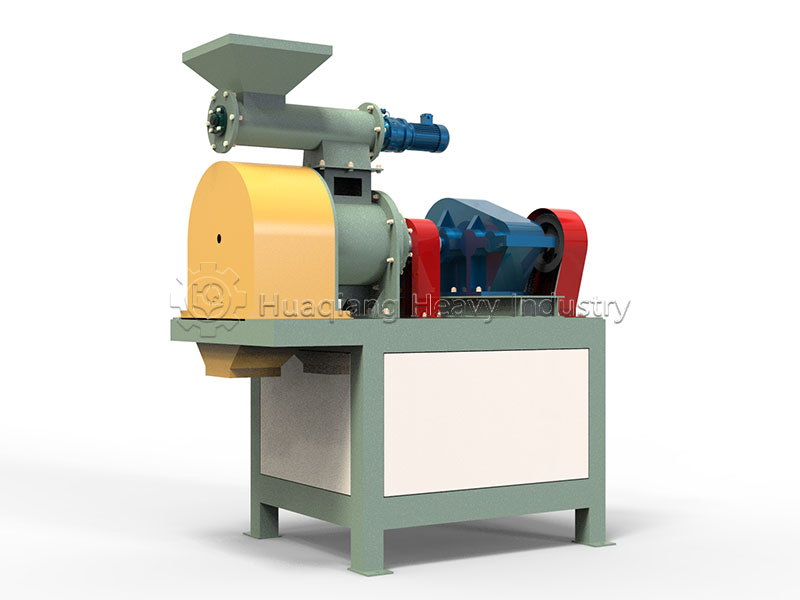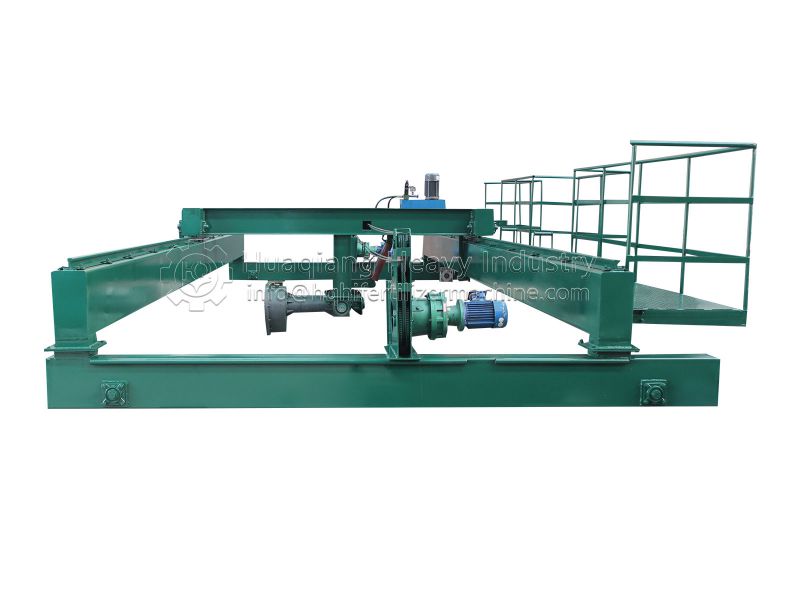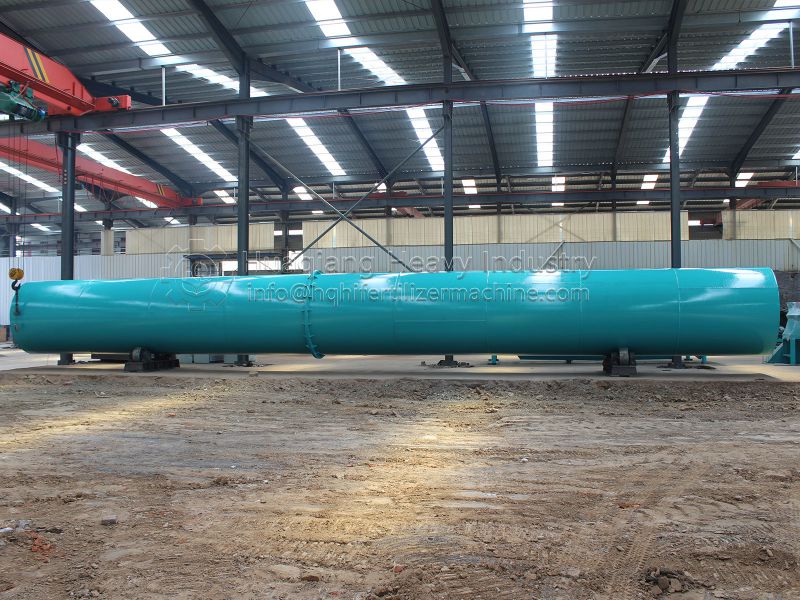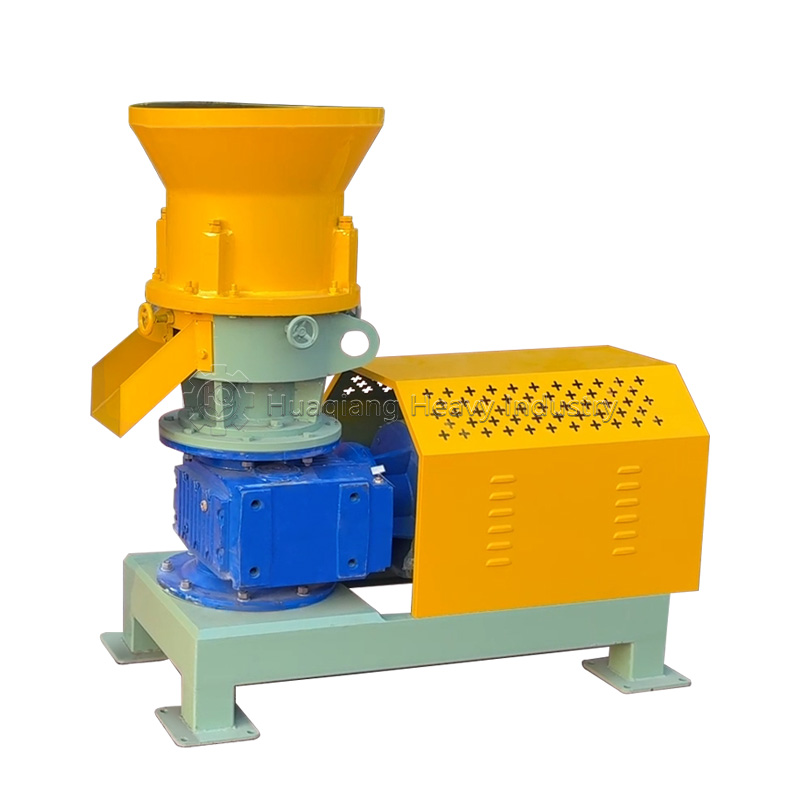Ring die granulator: Core equipment for efficient granulation in the fertilizer industry
Due to its unique granulation advantages, the ring die granulator has become a key choice for many fertilizer companies to improve production efficiency, providing strong support for the large-scale, standardized production of granular fertilizers.
The core competitiveness of the ring die granulator lies in its excellent molding effect and stable production capacity. Its core component, the “ring die,” efficiently converts a variety of raw materials, such as organic fertilizer and compound fertilizer, into granular products through precise die hole design and uniform extrusion force.

Furthermore, the ring die granulator’s adaptability meets the diverse production needs of the fertilizer industry. Whether processing high-moisture organic fertilizer raw materials or compound fertilizer formulations with varying nitrogen, phosphorus, and potassium ratios, the equipment can adapt to different raw material characteristics by adjusting parameters such as the ring die speed and extrusion pressure, easily achieving mass production.
For fertilizer companies, the ring die granulator is not only a production equipment but also a vital tool for enhancing product competitiveness. Against the backdrop of the growing agricultural demand for efficient, high-quality fertilizers, the ring die granulator will undoubtedly continue to play a key role in driving the fertilizer industry towards higher-quality production models.






